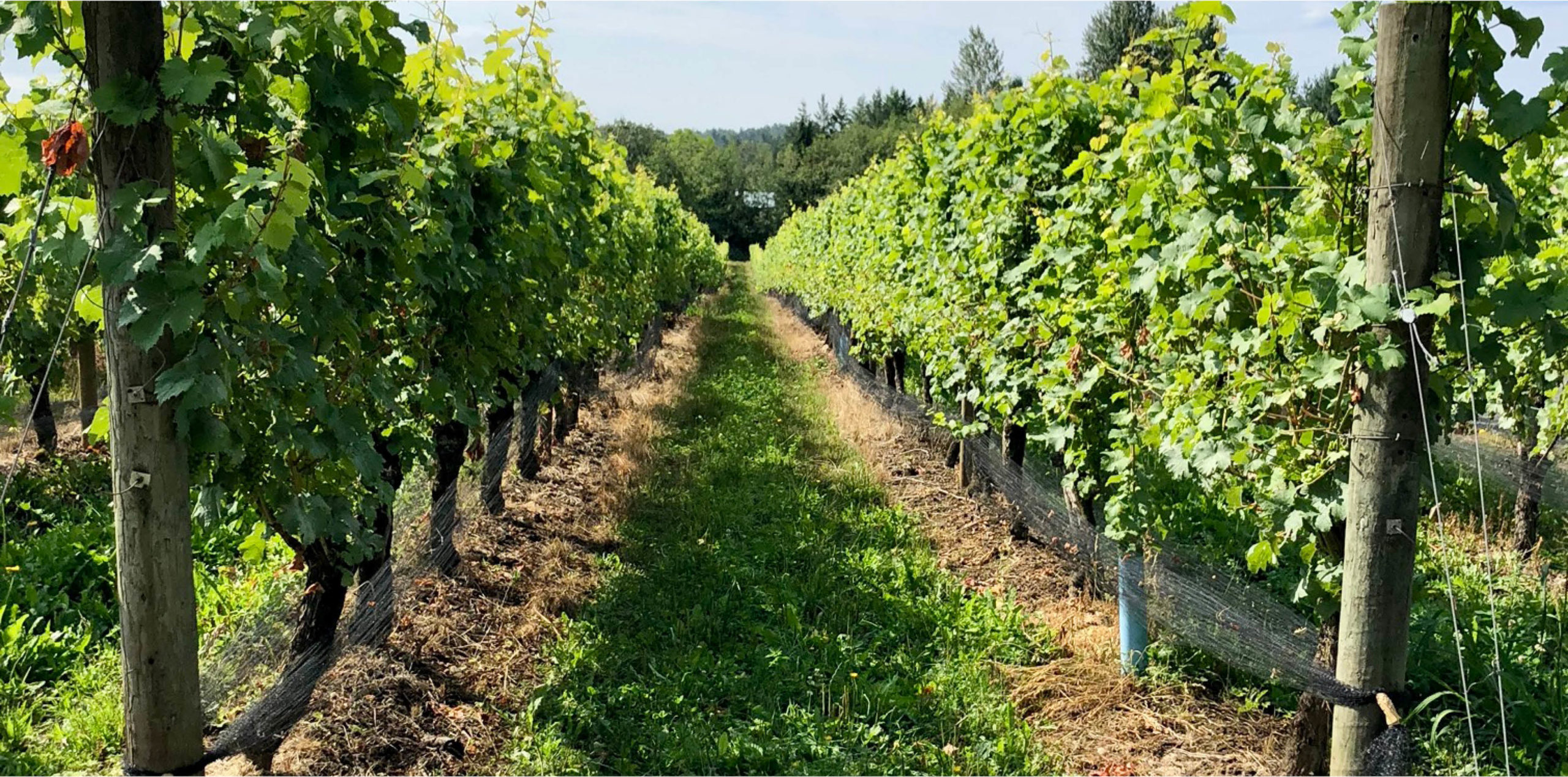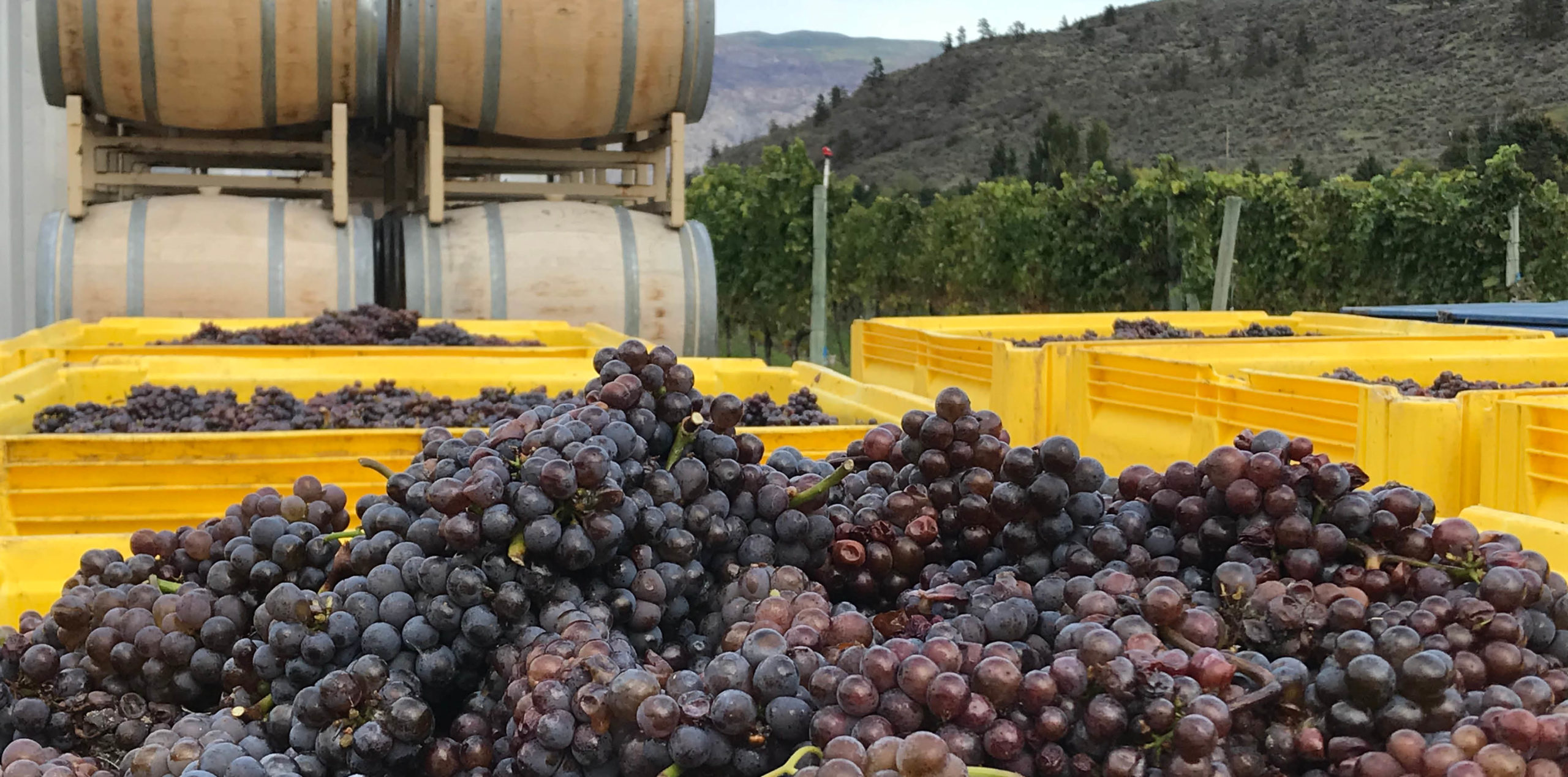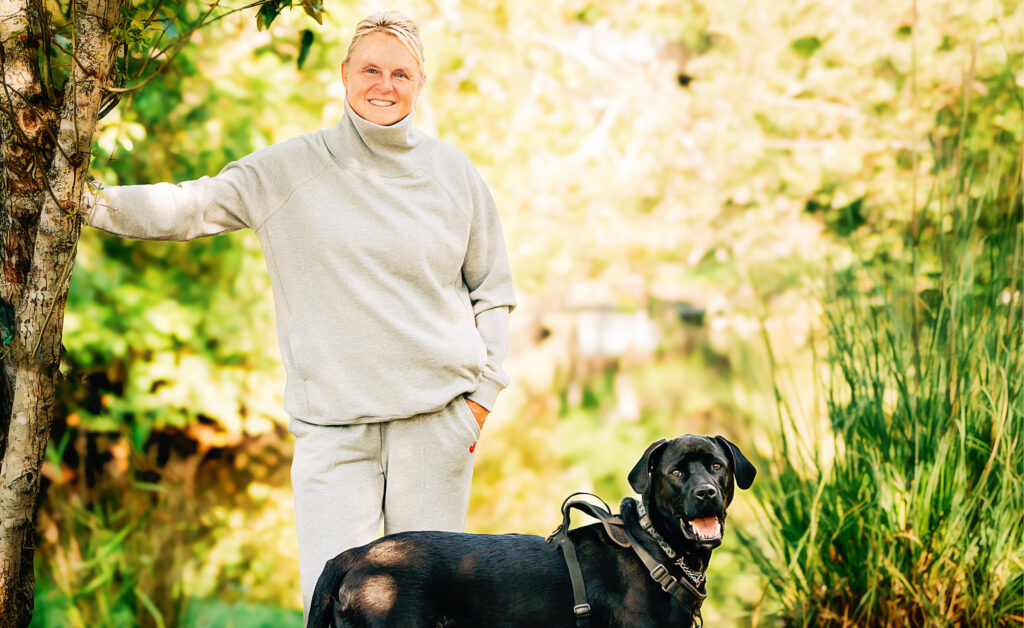There’s been a lot of disruption in the wine world recently, locally and globally. Pandemic roller coaster rides, extreme weather events and swings, supply chain challenges, sales channel contractions, shifting consumer demands … it goes on. As with many sectors and life generally, disruption can bring creativity, adaptation, resilience and positive changes which were already long overdue.
We may feel that our wheels really haven’t rolled forward that much in the past few years. But as wine lovers and consumers, we can see new trends and innovation through the tire spinning. Here are just a few examples.
The Rise of DTC & Consumer Knowledge
Pandemic purchasing has played out largely in the online space. With reduced restaurant activity and people minimizing shopping trips, wine has needed this channel. Throw in enthusiastic armchair travel and people connecting through virtual tastings, and you’ve got drivers for wine and other drink businesses to up their game and build (or improve) their digital assets, online presence and marketing.
This has resulted in stores and producers improving their virtual shops to show you what they’ve got and get purchases to your doorstep quickly, local wineries growing their “direct to consumer” (DTC) base, building wine clubs and reminding buyers that they too will deliver straight to you, and somms and other “winepreneurs” starting new online wine clubs which offer curated wine journeys for you to experience at home.
The business imperative of embracing and competing in the digital world has provided consumers the opportunity to access more information about the variety of products on offer, where their vino comes from and its maker’s vision and mission. Knowledge is the power to learn, make your own choices and support businesses which resonate with you.
Climate Driven Choices & Conscious Consuming
A lot of current market discussion is around how climate shifts and extreme weather events affect the wine industry, including viticulture, winemaking techniques, equipment, transport and packaging. Regenerative farming practises, Bordeaux producers planting heat-loving Iberian varieties, the explosion of English sparkling wine production, efficient water use practises and using cardboard paper wine “bottles” in lieu of heavy glass to reduce the carbon footprint of transport are just a few sample streams of the discussion.
For many, “conscious consuming” is about asking about farming techniques, what’s actually in that bottle (or can) or other pieces around sustainability and impact on the planet. Aside from carbon sequestering, there also appears to be increased interest in “mindful” imbibing. “Low alc” or “no alc” products, convenient ready to drink (RTD) beverages with low sugar and/or calories, and smaller portion sizes – hello half-bottles, cans, tetra packs and plastic pouches – are all the rage. How much this will take away from straight wine sales is yet to be seen. There’s also been some growth in premium wine sales. So “less is more” and the “moderation movement” are playing a few different ways.
Regulatory & Policy Change
Dealing with some residual Prohibition-era based shackles in B.C.’s liquor regulatory landscape has been a pandemic silver lining. Finally, we sippers now have more options to sit outside on a licensed patio and enjoy a vino, or to support the restaurant and wine industry when purchasing a bottle to take home and enjoy with our take-out order. On the supply side, restaurants can now purchase wine at wholesale pricing (rather than higher hospitality retail pricing which they were required to pay before). This has been a lifeline.
There’s still more archaic structure to dismantle here, but adult individuals and businesses are getting more freedom to engage and transact in the beautiful world of wine, drawing on our modern sensibilities and knowledge.





